Schlippenbach's rhododendron: description, care and reproduction
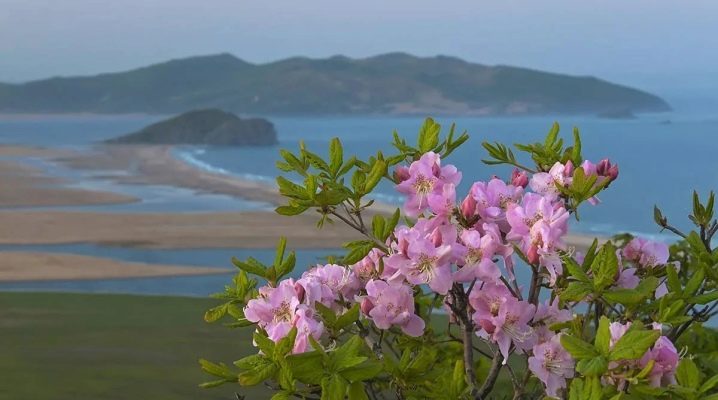
In the middle of the 19th century, the officer of the Russian fleet Alexander Yegorovich Schlippenbach, passing by the coast of Korea as part of the expedition on the frigate "Pallada", saw a plant blooming with large pink flowers on the coastal slopes. He brought to Russia the first samples of this lovely shrub, for which his name was immortalized in the name of the species of rhododendrons.
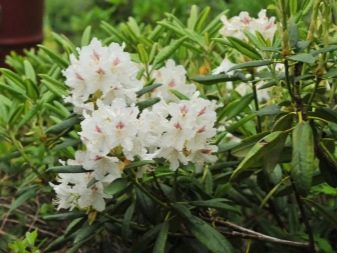
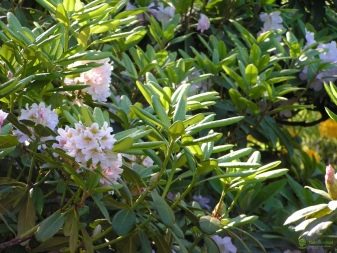
Description
Schlippenbach's rhododendron or royal azalea is a frost-resistant shrub plant that sheds leaves during dormancy, belongs to the heather family. The height of an adult bush varies from 60 to 200 cm, some specimens can grow up to five meters. The range of the royal azalea lies in the mountains and light forests of Korea, China and the Khakass region of the Primorsky Territory.
Numerous branchy shoots of light gray color end with 4-5 dark green ovoid leaves with a beautiful wavy edge, a narrow end attached to a petiole of rusty iron color, 2-4 mm long. The length of the leaf plate is from 40 to 120 mm, the width ranges from 2.5 to 7 cm. Azalea leaves, smooth on top, pubescent in the lower part along the veins. The bright colors of autumn leaves in a palette of yellow-red shades add a decorative touch to the garden.
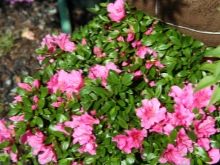
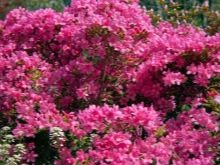
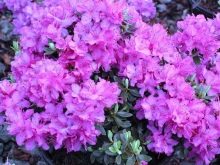
The “rose tree” blooms at the same time as the leaves bloom or a little earlier. Large 5-petal flowers in the form of a wide-open bell, ranging in size from 50 to 100 mm, have a pale pink color with purple blotches inside the corolla. Flowers on 10 mm pedicels are combined into umbrellas of 3-6 buds. Ten stamens, located around the pistil, are bent upward, adding delicacy to the flower. The blooming Schlippenbach rhododendron has a light pleasant aroma and attracts bees, being a good honey plant.
Rhododendron fruits are polyspermous in the form of an oblong or oblong-ovoid 5-leafed capsule about 15 mm long.
The root system of "rosewood" is compact with many fibrous roots, located in the top layer of the soil, making the shrubs easy to replant.
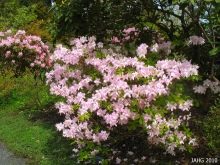
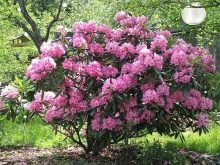
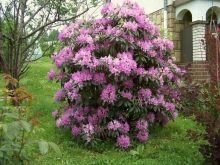
Landing
In cultural floriculture, Schlippenbach's rhododendron has been used since the second half of the 19th century. The very beautiful flowering plant is a true decoration of the garden. In order for it to please its owner, it is necessary to choose the right site in terms of illumination and soil composition.
Planting and replanting of the "rose tree" is carried out during two spring months or in September - October. If the need arises, then planting work can be carried out at other times, except for the moment of flowering and a couple of subsequent weeks.
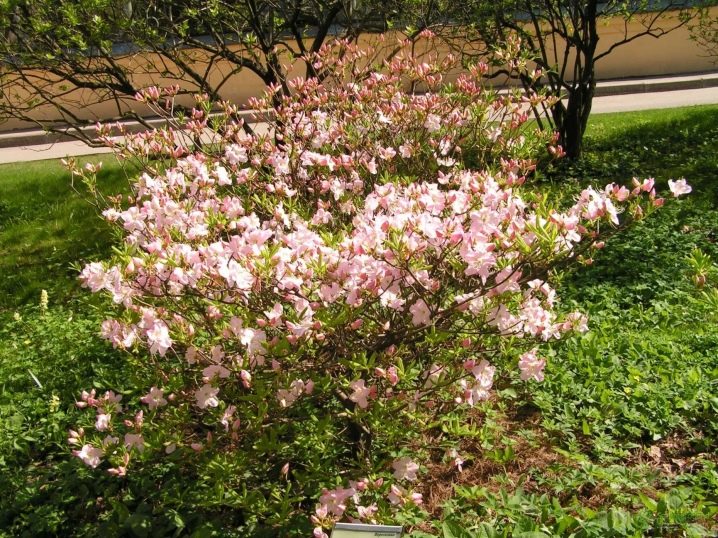
Schlippenbach's rhododendron feels great in the shade and coolness, so it can be planted from the north side. Azalea prefers loose, acidic soil rich in humus. Although the plant needs a lot of moisture, stagnant water can lead to its death, so a drainage cushion is vital. If there is groundwater on the site, located at a depth of no more than a meter, the shrubs are planted on a special embankment.
It is better to purchase seedlings for planting at the age of four years, grown in a natural way. Seedlings grown hydroponically do not take root well in the garden.
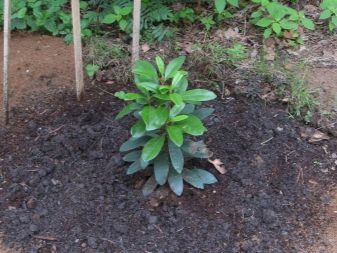
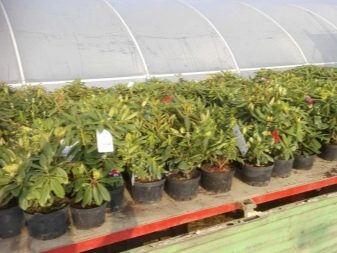
"Rosewood" gets along well next to trees whose roots are directed into the depths of the earth, such as larch, oak or apple tree. If the rhododendron needs to be placed near trees, whose root is located in the same plane as the azalea, then the roots of the bush must be protected by surrounding them with impenetrable material dug into the ground. If this is not done, then the shrubs will not get nutrients.

The rosewood hole digs 40 cm deep and 60 cm wide. The planting substrate is prepared from:
- 10 buckets of high-moor peat;
- 3-4 buckets of loam or clay in half the volume.
The finished soil mixture is poured into the hole and carefully tamped, then a depression is made so that the straightened roots of the seedling fit there.
Before the rhododendron bushes are planted in a permanent place, air is removed from their roots by placing them in water for a while and holding until the release of bubbles ends.
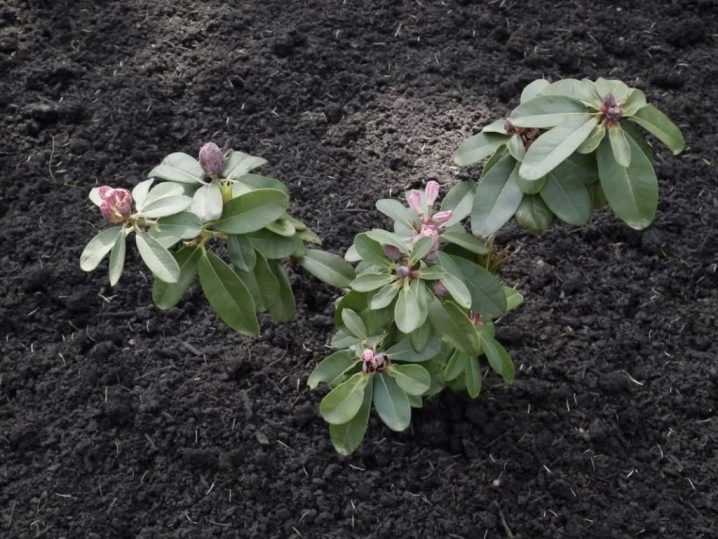
The prepared sprouts are lowered into the planting hole, and they are completely covered with the substrate, carefully compacted so that the empty spaces between the roots are filled. At the same time, the root collar is flush with the ground.
After disembarking rhododendron watered abundantly so that the ground is saturated with water half the depth of the hole. Near-bore space mulch with peat, oak litter, pine needles or sphagnum with a layer of up to 60 mm.
Some flower buds on the transplanted plant should be removed.so that the bush adapts faster to a new place.
If the azalea is planted as a single bush, then at first it needs a garter to the support to protect it from falling over in gusts of wind. Once the plant has grown reliably, the support is removed.
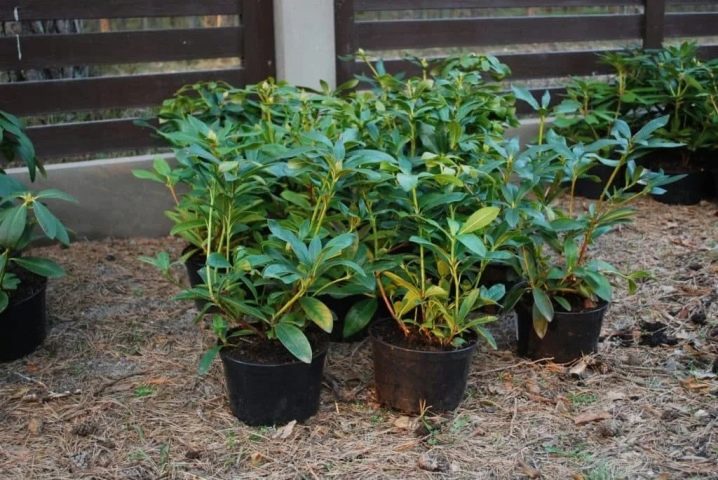
Care
The rose tree is cared for as usual, except for root work. Digging and loosening the soil near the shrub is strongly discouraged, since the roots are located close to the surface. Weed out weeds in the root zone with your hands, preserving the integrity of the roots.
The royal azalea needs watering and high humidity, especially when it blooms. And also the splendor of the flowering of the bush next year depends on the regularity of watering. Water the plant with soft water that has settled or was collected after rain. Throwing some peat into a container of water a few days before watering will add acid and increase the softness. The appearance of the plant will tell you the need for watering: dull, limp leaves indicate a lack of moisture.
Watering the azalea the soil is moistened to a depth of 0.3 m, protecting it from excessive moisture, since the plant is easily affected by the increased moisture of the roots, causing the same reaction as dry soil.
In dry, hot times, the rhododendron requires frequent spraying of the foliage with soft water, while maintaining the soil watering regime.
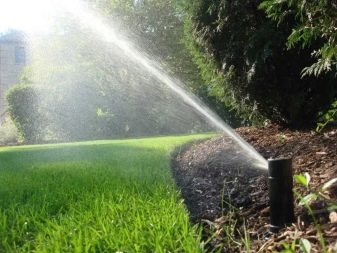
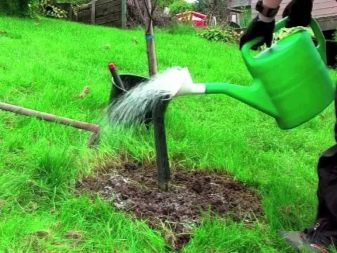
Prune rhododendrons only if necessary:
- remove dead branches;
- adjust the height of the bush;
- rejuvenate the plant.
Pruning is carried out before the start of the growing season and only in the most necessary case, because the bush of the "rose tree" forms itself in the process of growth. Sections of shoots with a diameter of 2-4 cm are covered with garden pitch. After a few weeks, new shoots begin to grow around the cuts.
If the plant is rejuvenated, or many branches that have died from frost need to be removed, then pruning is carried out in 2 stages, shortening the shoots to a height of 0.3-0.4 meters: one half at once, the other the next year.
The frequency characteristic of azaleas, when the abundance of flowers is replaced by a period of rest, is corrected by breaking out the faded inflorescences.
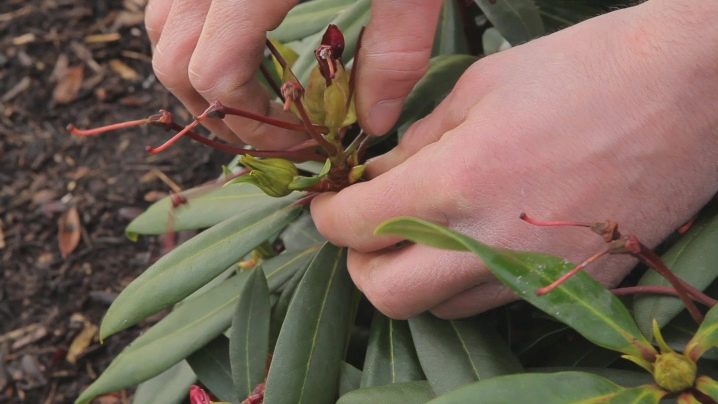
Rhododendrons are fed from the moment the snow melted, and until mid-summer, when the growth of new shoots is activated. Of organic fertilizers, an infusion of unripe cow dung with the addition of horn flour is best suited for feeding. It is made from one part of manure and 15 parts of water, infusing for several days. Before feeding, the bush is watered, then fertilized. Mineral fertilizers are applied according to the scheme:
- at the first top dressing, 50 g of ammonium and magnesium sulfate per 1 sq. m;
- when the bush fades, at the end of June, 40 g of ammonium sulfate and 20 g of superphosphate and potassium sulfate are used on the same area;
- and finally, in July, only 20 g of superphosphate and potassium sulfate are used.

Reproduction
For breeding rhododendrons, seeds, layering and petioles are used.
Seed propagation gives good results, since they have good germination and do not require complex preparation. Sowing is carried out in containers with an acidic substrate made from a mixture of soil for azaleas and rotten needles in equal proportions. The soil is disinfected before sowing, and the seeds are soaked in warm soft water for a couple of days.
- A drainage layer is laid at the bottom of the container, and soil mixture is poured on top.
- Seeds are distributed over the wet surface of the soil and pressed against the soil without deepening.
- Covering the container with foil, put it in a bright, warm place.
- After the emergence of seedlings, after a couple of weeks, the container with the seedlings is transferred to a cool place with good lighting for 12 hours. If the daylight time is not enough, then additional highlighting is necessary.
- The soil is regularly moistened, being careful not to damage the seedlings.
- When the seedlings have 2-3 true leaves, they are transplanted into separate cups.
The seedlings begin to be taken out into the fresh air when the outside temperature rises to + 5 ° C for hardening. At first by 10 minutes, gradually increasing the time spent outdoors.
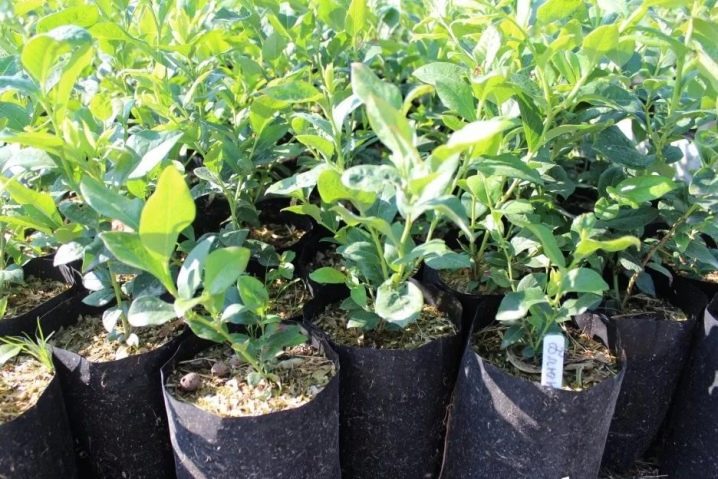
Sprouts are planted in the garden at the age of one and a half years according to the scheme for an adult bush. It is not recommended to grow varietal rhododendrons in this way.
The bred azalea varieties are propagated by layering and cuttings.
Reproduction by layering is the easiest:
- when flowering ends, the tree shoot is bent to the ground and the place of the fold is covered;
- constantly watering;
- by the fall, the layers will have their roots;
- in spring, the young sprout can be separated from the mother plant and transplanted.
In June, you can cut slightly lignified petioles up to 150 mm in height, the cut is made obliquely. Dip the cut branches into the root growth stimulant solution for a while, then stick them in cups with azalea substrate and cover. After a month and a half, the cuttings will take root, and in the spring they can be planted in the garden.
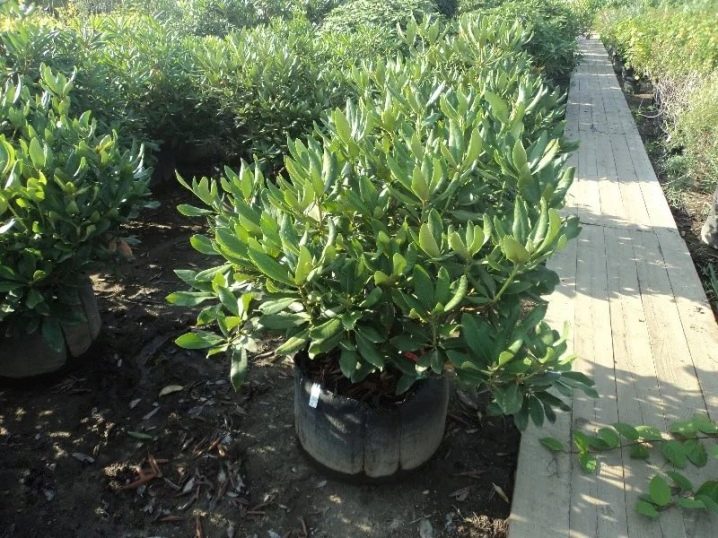
Diseases and pests
Azaleas growing in the garden are susceptible to attack by pests such as snails and slugs, various bugs and ticks, weevils and other sucking parasites.
Gastropods are removed from the bush by hand, and in order to avoid the next wave of invasion, the plant is treated 8% fungicide solution or use "Tiram".
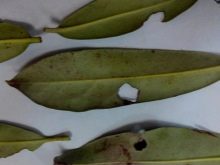
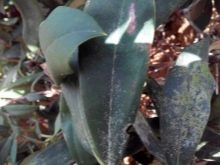

In the fight against sucking insects are used insecticides of complex effect, such as "Iskra", "Aktara" or "Commander".
Among the diseases in rhododendron, rust, leaf spot, cancer and chlorosis are noted. The cause of the disease lies in insufficient aeration of the roots. Preparations containing copper sulfate will save from spotting and rust. To combat chlorosis, iron chylate is added to irrigation water. When a plant is damaged by cancer, diseased shoots are destroyed completely or cut to intact tissue.
In order to prevent fungal diseases at the beginning and end of the season, the plant must be treated with Bordeaux liquid.
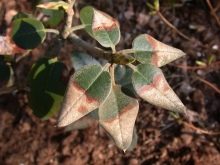
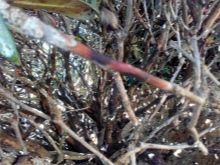
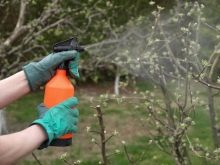
How to grow Schlippenbach's rhododendron is described in the next video.





































































































The comment was sent successfully.